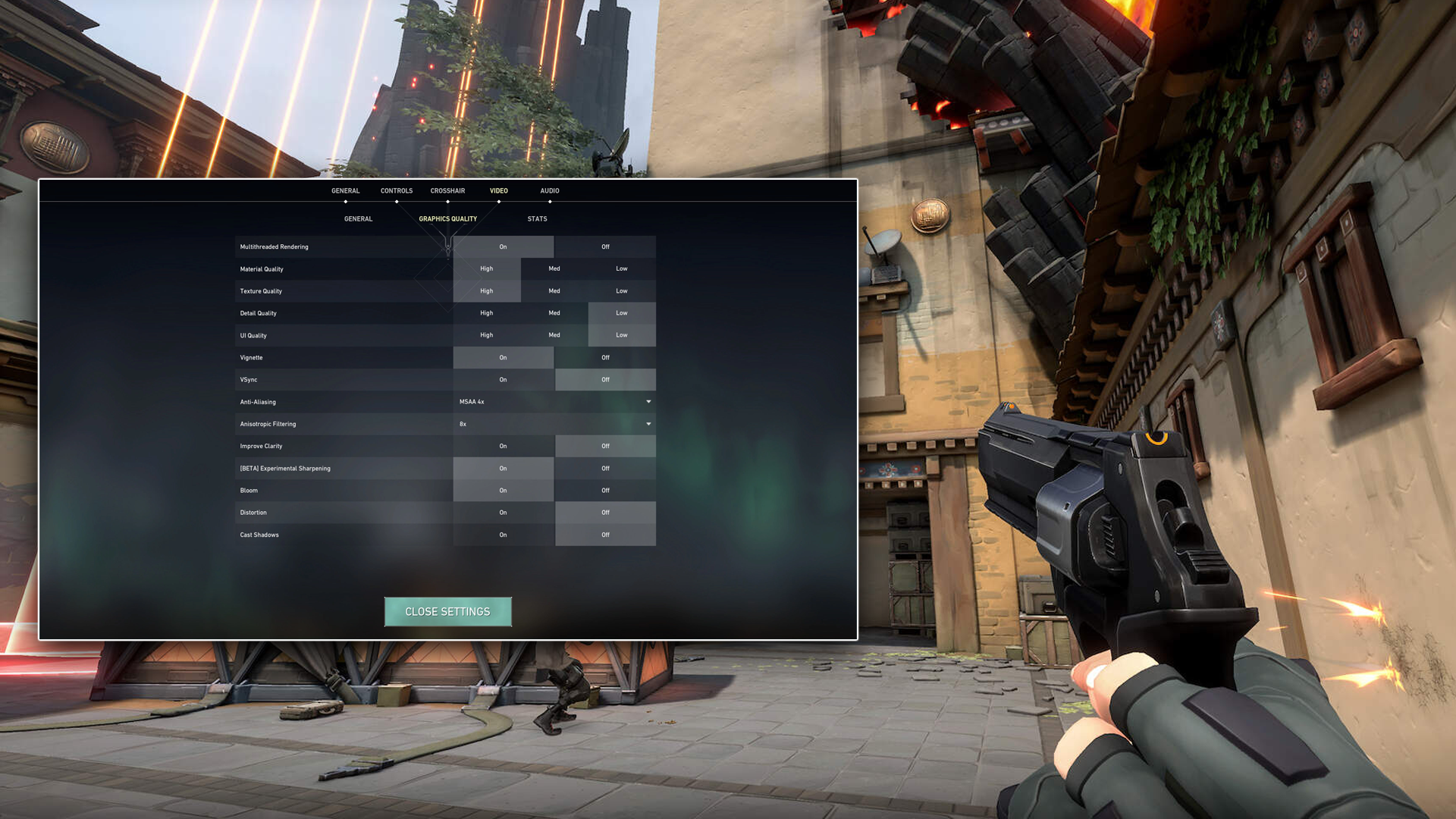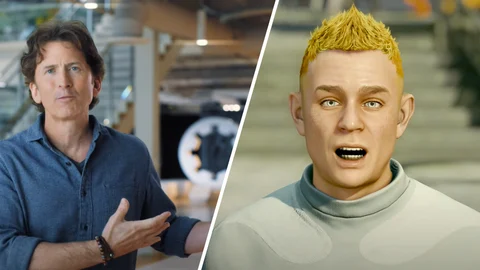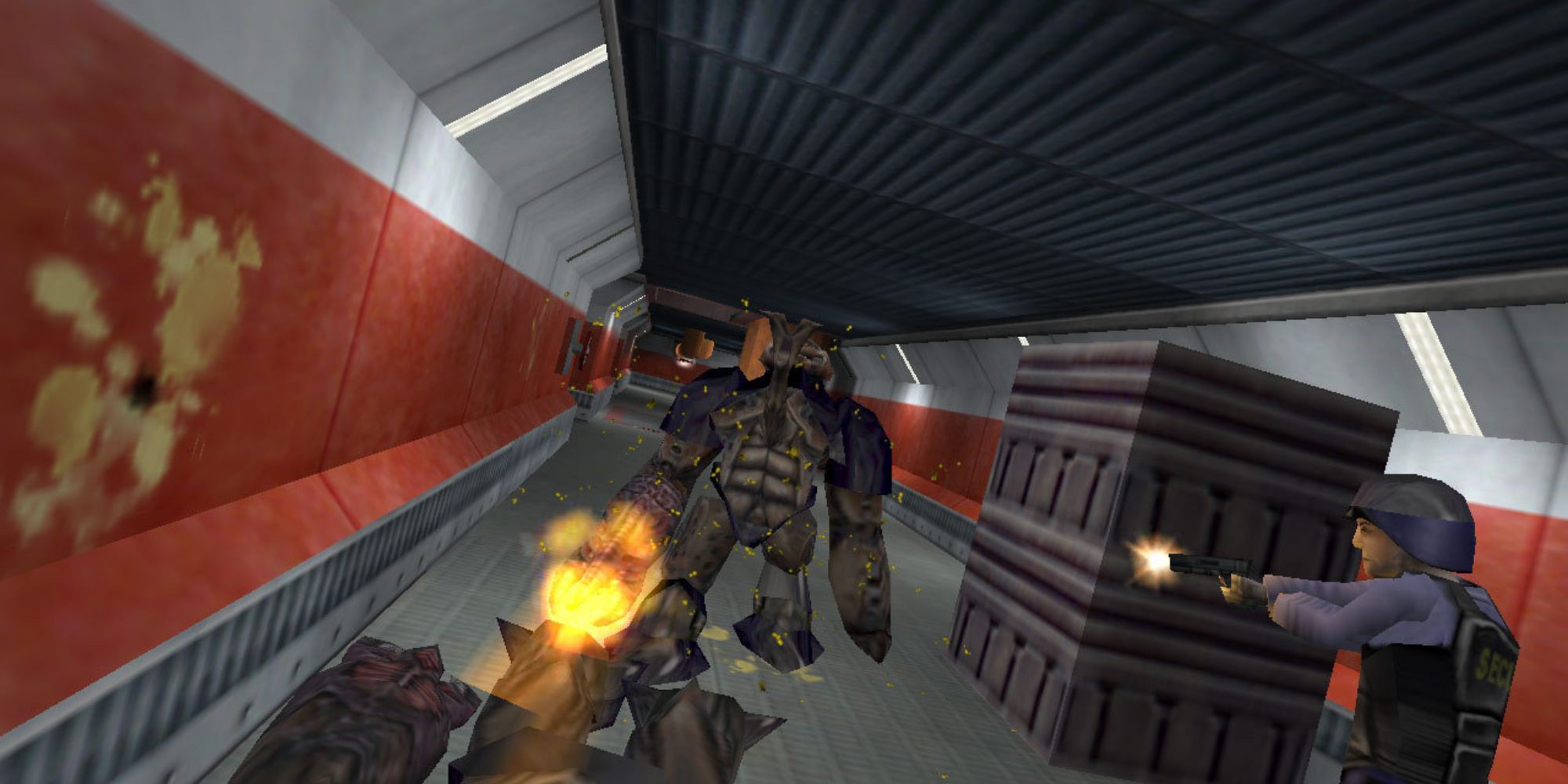
In the high-stakes world of Valorant, where precision and speed dictate the outcome of every match, having the Best Valorant settings is crucial for achieving pro-level gameplay. This tactical first-person shooter, developed by Riot Games, has quickly become a competitive staple, drawing in millions of players worldwide. To stand out among the competition, it’s essential not only to refine your skills but also to optimize your in-game settings. These settings can significantly influence your performance, turning a good player into a formidable one. In this article, we’ll explore the optimal settings for Valorant, focusing on how they can enhance your gameplay and give you a competitive edge.
Video Settings: Prioritizing Performance Over Aesthetics
When it comes to video settings in Valorant, the primary goal is to maximize performance. While stunning graphics might enhance the visual experience, competitive players often prioritize frame rates and clarity. Lowering certain graphical settings can lead to smoother gameplay, which is essential for accurate aiming and quick reactions.
For most players, a resolution of 1920×1080 is recommended. This setting strikes a balance between visual clarity and performance, ensuring that the game runs smoothly without sacrificing too much detail. Additionally, setting the Graphics Quality to low or medium can help maintain higher frame rates. Turning off unnecessary effects like blooms, distortion, and shadows can also improve performance by reducing the load on your system.
Another important aspect is the Frame Rate Limit. It’s advisable to set your FPS cap slightly above your monitor’s refresh rate. For example, if you have a 144Hz monitor, capping your FPS at 150 can prevent screen tearing and ensure a more consistent visual experience. This small adjustment can make a significant difference in fast-paced gameplay, where every frame counts.
Sensitivity Settings: Striking the Right Balance
Sensitivity settings are perhaps the most personal aspect of any shooter, and Valorant is no exception. The Best Valorant settings for sensitivity will vary depending on your playstyle, but some general principles can guide you toward the optimal setup. Professional players often favor lower sensitivity because it allows for more precise aiming, especially in long-range engagements.
A good starting point is to set your mouse DPI (dots per inch) to between 400 and 800. Combine this with an in-game sensitivity setting of 0.35 to 0.5. This configuration provides a balance that allows for both accurate aiming and quick movements. Keep in mind that finding the perfect sensitivity is a process of trial and error. It’s essential to test different settings in various scenarios to see what feels most comfortable and effective.
Crosshair settings are equally important, as they directly influence your aiming precision. Valorant offers extensive customization options, allowing you to tailor the crosshair to your preferences. A static crosshair with a small gap is generally recommended, as it provides a clear view of your target without being too distracting. You can also adjust the color of the crosshair to ensure it stands out against all map backgrounds, making it easier to track opponents.
Audio Settings: Enhancing Situational Awareness
Sound is a critical element in Valorant, as it provides valuable information about enemy movements and actions. Properly configured audio settings can significantly enhance your situational awareness, giving you an edge over your opponents.
To maximize the effectiveness of your audio, start by setting the master volume to a level where all game sounds are clear but not overwhelming. The in-game effects volume should be turned up to ensure that critical sounds, such as footsteps and gunfire, are easily audible. Disabling background music and lowering ambient noise levels can help you focus on these important audio cues.
Valorant also includes a feature known as HRTF (Head-Related Transfer Function), which simulates 3D audio environments. Enabling HRTF can make it easier to determine the direction and distance of sounds, such as footsteps or gunfire, giving you a better sense of where enemies are located. This feature is particularly useful in competitive play, where precise audio cues can be the difference between winning and losing a round.
Key Bindings: Customizing for Efficiency
Key bindings are another area where small adjustments can lead to significant improvements in gameplay. While Valorant’s default key bindings are serviceable, customizing them to suit your personal preferences can make you more efficient during matches.
For instance, many players find it beneficial to remap their movement keys or ability keys to positions that are more comfortable or accessible. Some pro players use the mouse wheel for jumping or crouching, which allows for quicker and more precise movements. Additionally, binding communication keys, such as pings and quick callouts, to easily reachable buttons can enhance team coordination without requiring you to move your hands from essential controls.
Efficient movement is critical in Valorant, where even the slightest delay can be costly. Consider experimenting with different key bindings to find a setup that allows you to execute movements and actions quickly and without hesitation.
Network and Input Lag: Minimizing Delays
In a game as competitive as Valorant, even minor delays in input or network response can have a significant impact on performance. Optimizing your network settings and reducing input lag are crucial steps toward achieving the Best Valorant settings for pro-level gameplay.
Start by ensuring that you have a stable internet connection. A wired connection is always preferable to Wi-Fi, as it reduces the risk of packet loss and minimizes latency. If possible, select a server location that offers the lowest ping to ensure a smooth and responsive gaming experience.
To reduce input lag, consider lowering your mouse’s polling rate to 500Hz or 1000Hz if your mouse supports it. This adjustment can make your mouse movements feel more responsive, giving you an edge in fast-paced situations. Additionally, disabling V-Sync can further reduce input lag, although it may introduce screen tearing if your frame rates exceed your monitor’s refresh rate. Balancing these settings is key to achieving the most responsive and fluid gameplay experience possible.
Practice and Consistency: The Key to Mastery
Even with the most finely tuned settings, consistent practice is essential for achieving pro-level gameplay in Valorant. The Best Valorant settings will only take you so far; it’s the time spent honing your skills that truly makes the difference. Regular practice not only helps to solidify your muscle memory but also allows you to adapt to the nuances of your customized settings.
Utilize aim trainers and custom games to practice specific aspects of your gameplay, such as aiming, movement, and crosshair placement. These controlled environments enable you to focus on individual skills without the pressure of a live match. Over time, consistent practice with the same settings will help you develop the precision and reflexes needed to excel in competitive play.
Mental Preparation: Staying Focused Under Pressure
In the heat of a Valorant match, mental focus can be just as important as mechanical skill. Staying calm and composed under pressure allows you to make better decisions and react more effectively to dynamic situations.
Techniques such as deep breathing, visualization, and regular breaks can help maintain mental clarity during long gaming sessions. Ensuring that your gaming environment is conducive to concentration can also make a significant difference. A well-organized, distraction-free space, combined with proper lighting and ergonomic seating, can help you stay focused and comfortable during intense matches.
Incorporating mental preparation into your routine can enhance your overall performance, allowing you to maintain a high level of play even in the most challenging situations.
Achieving pro-level gameplay in Valorant requires a combination of skill, strategy, and the Best Valorant settings. By optimizing your video, sensitivity, audio, and key bindings, you can create a setup that enhances your strengths and minimizes weaknesses. However, it’s important to remember that settings alone won’t make you a pro; consistent practice and mental preparation are equally crucial.
As you continue to refine your settings and hone your skills, you’ll find that the path to mastery in Valorant is a journey of continuous improvement. By paying attention to every detail, from frame rates to key bindings, and maintaining a disciplined practice routine, you can elevate your gameplay to the highest level. The pursuit of excellence in Valorant is a rewarding endeavor, and with the right settings, the only limit is your potential.



